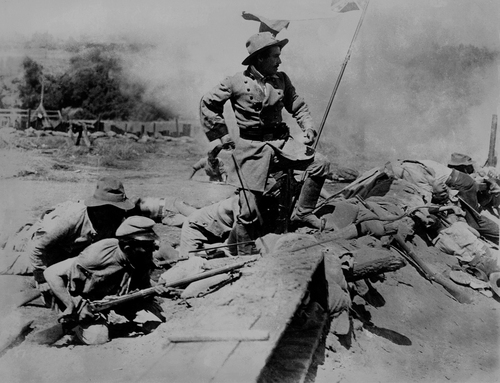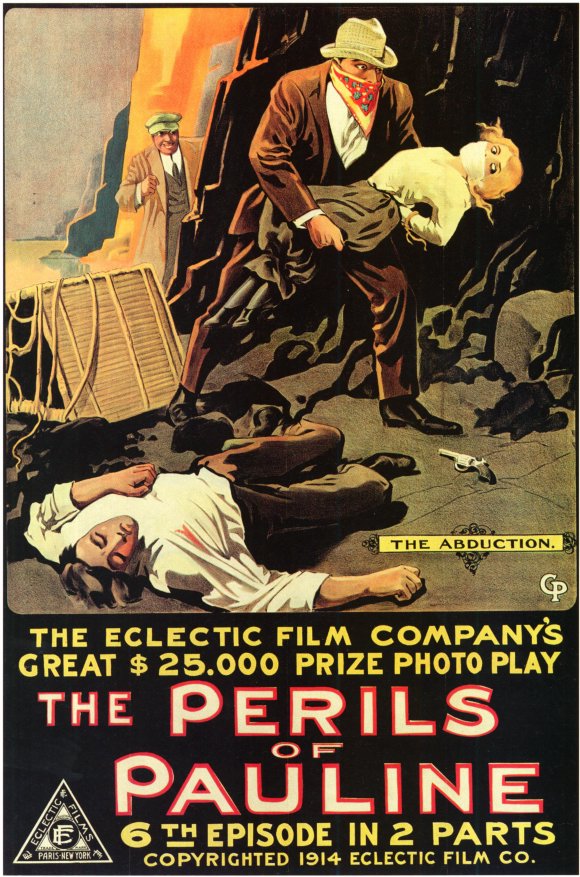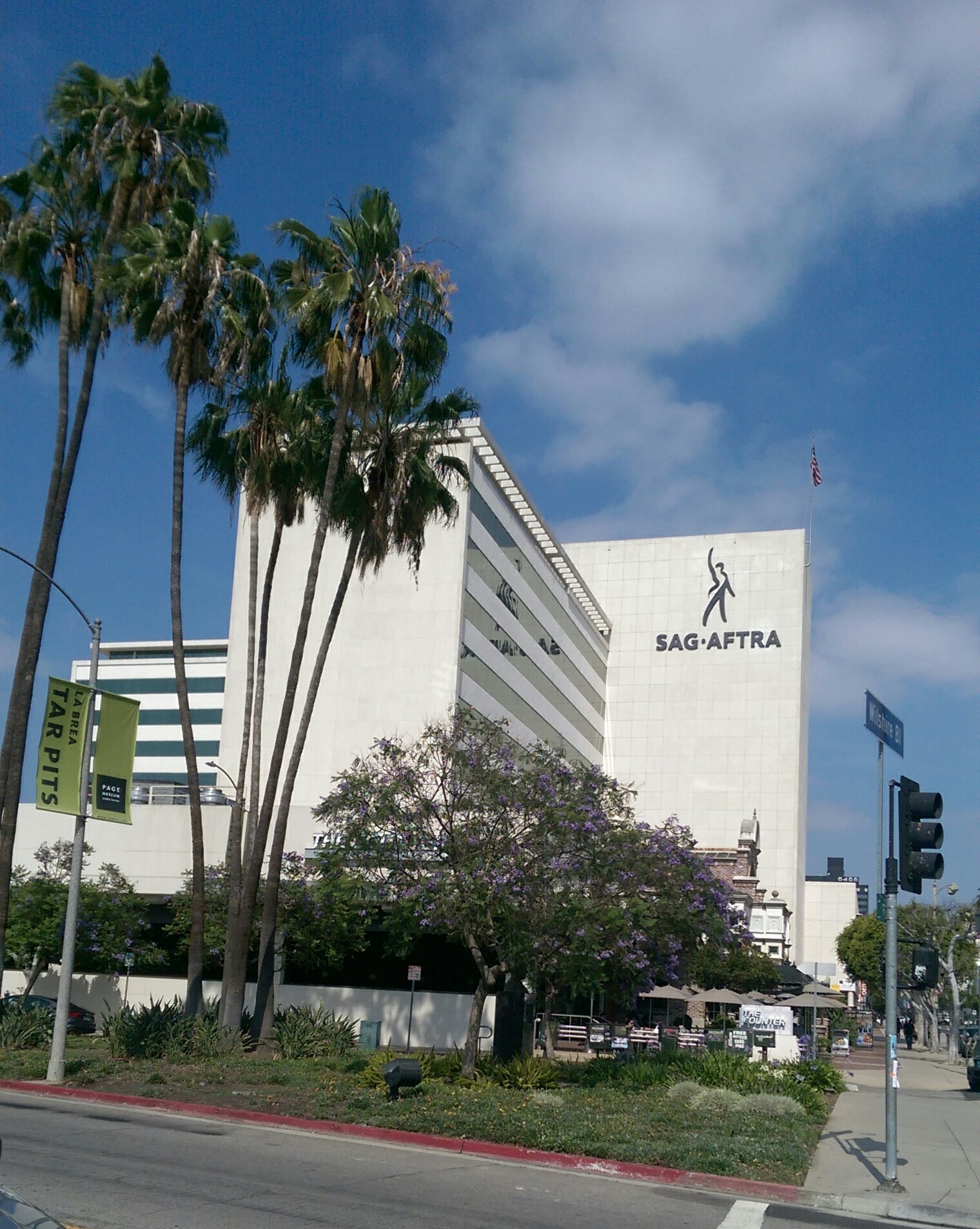|
Feature-length
A feature film or feature-length film (often abbreviated to feature), also called a theatrical film, is a film (motion picture, "movie" or simply “picture”) with a running time long enough to be considered the principal or sole presentation in a commercial entertainment theatrical program. The term ''feature film'' originally referred to the main, full-length film in a cinema program that included a short film and often a newsreel. Matinee programs, especially in the United States and Canada, in general, also included cartoons, at least one weekly serial and, typically, a second feature-length film on weekends. The first narrative feature film was the 70-minute ''The Story of the Kelly Gang'' (1906). Other early feature films include ''Les Misérables'' (1909), '' L'Inferno'', '' Defence of Sevastopol, The Adventures of Pinocchio'' (1911), ''Oliver Twist'' (American version), ''Oliver Twist'' (British version), ''Richard III'', '' From the Manger to the Cross'', ''Cleopatra' ... [...More Info...] [...Related Items...] OR: [Wikipedia] [Google] [Baidu] |
Film
A film, also known as a movie or motion picture, is a work of visual art that simulates experiences and otherwise communicates ideas, stories, perceptions, emotions, or atmosphere through the use of moving images that are generally, since the 1930s, synchronized with sound and (less commonly) other sensory stimulations. Etymology and alternative terms The name "film" originally referred to the thin layer of photochemical emulsion on the celluloid strip that used to be the actual medium for recording and displaying motion pictures. Many other terms exist for an individual motion-picture, including "picture", "picture show", "moving picture", "photoplay", and "flick". The most common term in the United States is "movie", while in Europe, "film" is preferred. Archaic terms include "animated pictures" and "animated photography". "Flick" is, in general a slang term, first recorded in 1926. It originates in the verb flicker, owing to the flickering appearance of early films ... [...More Info...] [...Related Items...] OR: [Wikipedia] [Google] [Baidu] |
The Birth Of A Nation
''The Birth of a Nation'' is a 1915 American Silent film, silent Epic film, epic Drama (film and television), drama film directed by D. W. Griffith and starring Lillian Gish. The screenplay is adapted from Thomas Dixon Jr.'s 1905 novel and play ''The Clansman: A Historical Romance of the Ku Klux Klan, The Clansman''. Griffith co-wrote the screenplay with Frank E. Woods and produced the film with Harry Aitken. ''The Birth of a Nation'' is a landmark of film history, lauded for its technical virtuosity. It was the first Serial film, non-serial American 12-Film reel, reel film ever made. Its plot, part fiction and part history, chronicles the assassination of Abraham Lincoln by John Wilkes Booth and the relationship of two families in the American Civil War, Civil War and Reconstruction era, Reconstruction eras over the course of several years—the pro-Union (American Civil War), Union (Northern United States, Northern) Stonemans and the pro-Confederate States of America, Con ... [...More Info...] [...Related Items...] OR: [Wikipedia] [Google] [Baidu] |
Charles Musser
Charles John Musser (born 16 January 1951) is a film historian, documentary filmmaker, and a film editor. Since 1992, he has taught at Yale University, where he is currently a professor of Film and Media Studies as well as American Studies and Theater Studies. His research has primarily focused on early cinema, and topics such as Edwin S. Porter, Oscar Micheaux, race cinema of the silent era, Paul Robeson, film performance, as well as a variety of issues and individuals in documentary. His films include ''An American Potter'' (1976), ''Before the Nickelodeon: The Early Cinema of Edwin S. Porter'' (1982) and '' Errol Morris: A Lightning Sketch'' (2014). Early life and education Musser was born in Stamford, Connecticut and grew up in Old Greenwich and Riverside. The son of Robert John Musser, who worked for Union Carbide, and his wife Marilyn (née Keach). He has two sisters, Nancy and Jane. His grandfather, John Musser, was chair of the History Department and later Dea ... [...More Info...] [...Related Items...] OR: [Wikipedia] [Google] [Baidu] |
The Corbett-Fitzsimmons Fight
''The'' is a grammatical article in English, denoting nouns that are already or about to be mentioned, under discussion, implied or otherwise presumed familiar to listeners, readers, or speakers. It is the definite article in English. ''The'' is the most frequently used word in the English language; studies and analyses of texts have found it to account for seven percent of all printed English-language words. It is derived from gendered articles in Old English which combined in Middle English and now has a single form used with nouns of any gender. The word can be used with both singular and plural nouns, and with a noun that starts with any letter. This is different from many other languages, which have different forms of the definite article for different genders or numbers. Pronunciation In most dialects, "the" is pronounced as (with the voiced dental fricative followed by a schwa) when followed by a consonant sound, and as (homophone of the archaic pronoun ''thee' ... [...More Info...] [...Related Items...] OR: [Wikipedia] [Google] [Baidu] |
Documentary
A documentary film (often described simply as a documentary) is a nonfiction Film, motion picture intended to "document reality, primarily for instruction, education or maintaining a Recorded history, historical record". The American author and Media studies, media analyst Bill Nichols (film critic), Bill Nichols has characterized the documentary in terms of "a filmmaking practice, a cinematic tradition, and mode of audience reception [that remains] a practice without clear boundaries". Research into information gathering, as a behavior, and the sharing of knowledge, as a concept, has noted how documentary movies were preceded by the notable practice of documentary photography. This has involved the use of singular Photograph, photographs to detail the complex attributes of History, historical events and continues to a certain degree to this day, with an example being the War photography, conflict-related photography achieved by popular figures such as Mathew Brady during the Am ... [...More Info...] [...Related Items...] OR: [Wikipedia] [Google] [Baidu] |
Animation
Animation is a filmmaking technique whereby still images are manipulated to create moving images. In traditional animation, images are drawn or painted by hand on transparent celluloid sheets to be photographed and exhibited on film. Animation has been recognised as an artistic medium, specifically within the entertainment industry. Many animations are either traditional animations or computer animations made with computer-generated imagery (CGI). Stop motion animation, in particular claymation, has continued to exist alongside these other forms. Animation is contrasted with live action, although the two do not exist in isolation. Many moviemakers have produced films that are a hybrid of the two. As CGI increasingly approximates photographic imagery, filmmakers can easily composite 3D animations into their film rather than using practical effects for showy visual effects (VFX). General overview Computer animation can be very detailed 3D animation, while 2D c ... [...More Info...] [...Related Items...] OR: [Wikipedia] [Google] [Baidu] |
Serial (film)
A serial film, film serial (or just serial), movie serial, or chapter play, is a motion picture form popular during the first half of the 20th century, consisting of a series of short subjects exhibited in consecutive order at one theater, generally advancing weekly, until the series is completed. Usually, each serial involves a single set of characters, protagonistic and antagonistic, involved in a single story. The film is edited into chapters, after the fashion of serial fiction, and the episodes should not be shown out of order, as individual chapters, or as part of a random collection of short subjects. Each chapter was screened at a movie theater for one week, and typically ended with a cliffhanger, in which characters found themselves in perilous situations with little apparent chance of escape. Viewers had to return each week to see the cliffhangers resolved and to follow the continuing story. Movie serials were especially popular with children, and for many youths in t ... [...More Info...] [...Related Items...] OR: [Wikipedia] [Google] [Baidu] |
The Story Of The Kelly Gang 1906
''The'' is a grammatical article in English, denoting nouns that are already or about to be mentioned, under discussion, implied or otherwise presumed familiar to listeners, readers, or speakers. It is the definite article in English. ''The'' is the most frequently used word in the English language; studies and analyses of texts have found it to account for seven percent of all printed English-language words. It is derived from gendered articles in Old English which combined in Middle English and now has a single form used with nouns of any gender. The word can be used with both singular and plural nouns, and with a noun that starts with any letter. This is different from many other languages, which have different forms of the definite article for different genders or numbers. Pronunciation In most dialects, "the" is pronounced as (with the voiced dental fricative followed by a schwa) when followed by a consonant sound, and as (homophone of the archaic pronoun ''thee' ... [...More Info...] [...Related Items...] OR: [Wikipedia] [Google] [Baidu] |
Sound Films
A sound film is a Film, motion picture with synchronization, synchronized sound, or sound technologically coupled to image, as opposed to a silent film. The first known public exhibition of projected sound films took place in Paris in 1900, but decades passed before sound motion pictures became commercially practical. Reliable synchronization was difficult to achieve with the early sound-on-disc systems, and amplification and recording quality were also inadequate. Innovations in sound-on-film led to the first commercial screening of Short film, short motion pictures using the technology, which took place in 1923. Before sound-on-film technology became viable, soundtracks for films were commonly played live with organs or pianos. The primary steps in the commercialization of sound cinema were taken in the mid-to-late 1920s. At first, the sound films which included synchronized dialogue, known as "talking pictures", or "talkies", were exclusively shorts. The earliest feature fil ... [...More Info...] [...Related Items...] OR: [Wikipedia] [Google] [Baidu] |
35 Mm Movie Film
35 mm film is a film gauge used in filmmaking, and the film standard. In motion pictures that record on film, 35 mm is the most commonly used gauge. The name of the gauge is not a direct measurement, and refers to the nominal width of the 35 mm format photographic film, which consists of strips wide. The standard negative pulldown, image exposure length on 35 mm for movies ("single-frame" format) is four film perforations, perforations per Film frame, frame along both edges, which results in 16 frames per foot of film. A variety of largely proprietary gauges were devised for the numerous camera and projection systems being developed independently in the late 19th and early 20th centuries, along with various film feeding systems. This resulted in cameras, projectors, and other equipment having to be calibrated to each gauge. The 35 mm width, originally specified as inches, was introduced around 1890 by William Kennedy Dickson and Thomas Edison, using 120 film st ... [...More Info...] [...Related Items...] OR: [Wikipedia] [Google] [Baidu] |
Centre National De La Cinématographie
Center or centre may refer to: Mathematics *Center (geometry), the middle of an object * Center (algebra), used in various contexts ** Center (group theory) ** Center (ring theory) * Graph center, the set of all vertices of minimum eccentricity * Central tendency, measures of the central tendency (center) in a set of data Places United States * Centre, Alabama * Center, Colorado * Center, Georgia * Center, Indiana * Center, Warrick County, Indiana * Center, Kentucky * Center, Missouri * Center, Nebraska * Center, North Dakota * Centre County, Pennsylvania * Center, Portland, Oregon * Center, Texas * Center, Washington * Center, Outagamie County, Wisconsin * Center, Rock County, Wisconsin **Center (community), Wisconsin *Center Township (other) *Centre Township (other) *Centre Avenue (other) *Center Hill (other) Other countries * Centre region, Hainaut, Belgium * Centre Region, Burkina Faso * Centre Region (Cameroon) * Centr ... [...More Info...] [...Related Items...] OR: [Wikipedia] [Google] [Baidu] |
SAG-AFTRA
The Screen Actors Guild–American Federation of Television and Radio Artists"Form 990: Return of Organization Exempt from Income Tax" ''Screen Actors Guild-American Federation of Television and Radio Artists''. Internal Revenue Service. April 30, 2019. (SAG-AFTRA, ) is an American trade union, labor union formed in 2012 by the merger of the Screen Actors Guild and the American Federation of Television and Radio Artists. It represents approximately 170,000 media professionals worldwide. SAG-AFTRA is a member of the AFL-CIO, the largest federation of unions in the United States. SAG-AFTRA is also a member of the International Federation of Actors. History [...More Info...] [...Related Items...] OR: [Wikipedia] [Google] [Baidu] |








